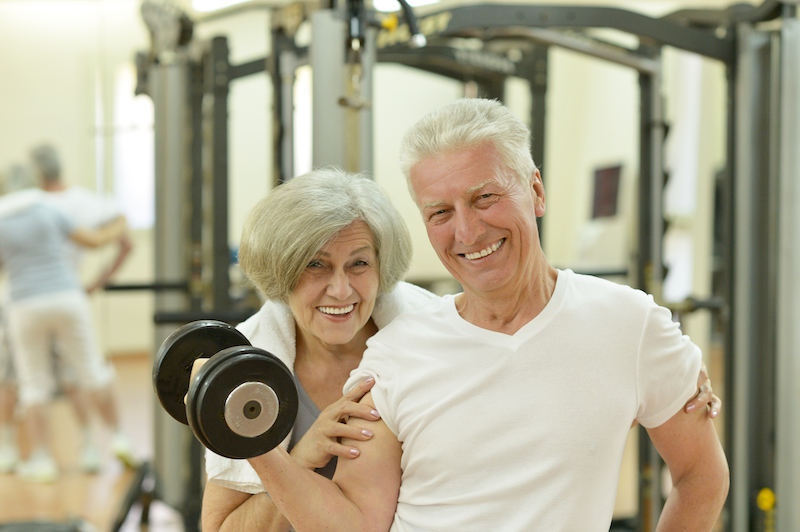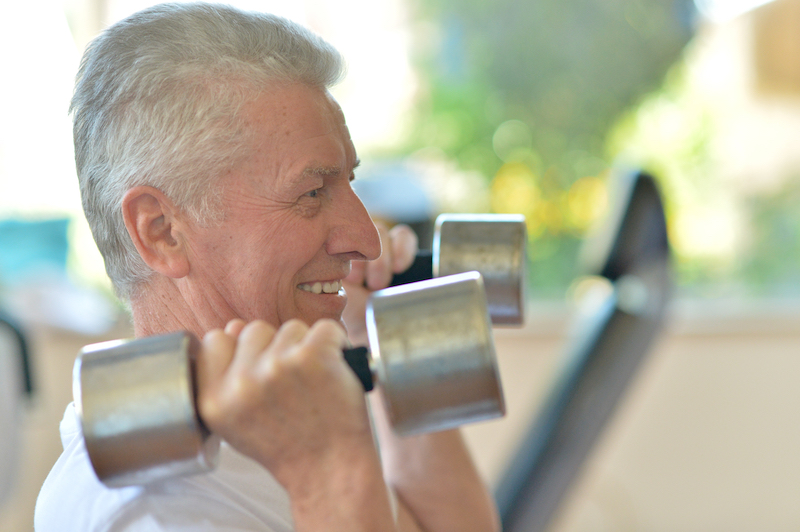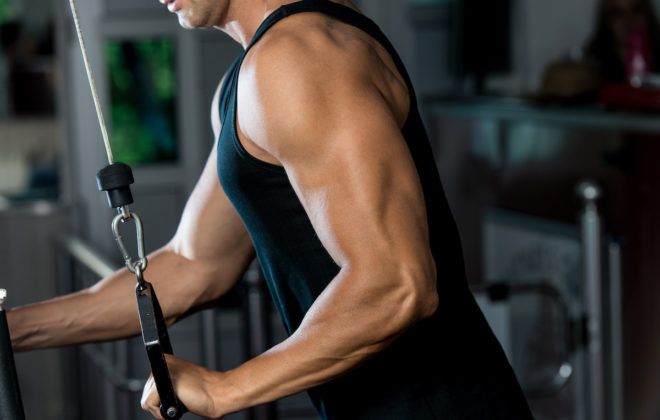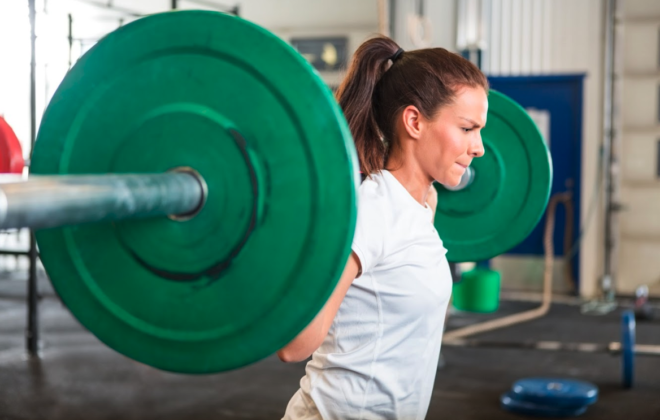Weight training for senior citizens
Professor Erkki Vauramo from Aalto University sees the huge potential of active rehabilitation and controlled strength training for the elderly. Vauramo says that there are 12,000 to 15,000 more people in care and nursing homes in Finland than necessary. These elderly people could be rehabilitated from the bed back to independent living if there were only better resources and expertise. According to Vauramo, more active rehabilitation of the elderly could save 700-900 million euros, if health practitioners’ competence, knowledge and time management, as well as the facilities and equipment in the care centres were invested in, and treatment practices were updated to meet today’s needs.
Movement is a better method of rehabilitation than rest
According to Professor Vauramo, the biggest problem is that the elderly are instructed to rather rest than to move. This is a question of resources, facilities and equipment, but very often also about skills and attitudes. Vauramo says that there still are health care districts in Finland that do not have sports facilities and equipment in their health centres to support rehabilitation. There are geographical areas under current system where rehabilitation is almost impossible. The starting point should therefore be that every health centre has an adequate framework for rehabilitation, Vauramo explains.
Strength in old age
Muscle strength and mass, as well as functional ability, quickly deteriorate with bed rest. As a result of total immobility the loss of muscle strength and mass can be more than 10% per month. Bed rest can be fatal if the patient does not get out of bed quickly enough for active rehabilitation.
According to Aalto University’s research team, active muscle-strength training could significantly reduce the need for institutional care. At the same time, the condition, quality of life and independence of elderly people would be significantly increased. Vauramo says that elderly people are often left in bed for too long after, for example, falls, when they should be being encouraged to exercise and be rehabilitated through strength training. We simply need more education, knowledge and facilities to make the savings and benefits concrete.

A better and longer life
Vauramo says that Finland does not yet have a good enough understanding and knowledge of the possibilities of active rehabilitation, and treatment practices are somewhat outdated. The lack of appropriate facilities and equipment is a part of the problem. Keeping the elderly in bed results in both unnecessary care costs for society and a decline in their quality of life. Many elderly people could live for longer in their own homes if they were more actively rehabilitated. At the same time, this would offer an unparalleled improvement in their quality of life, and a huge saving on the rising costs of healthcare.
Specialist training solves competence challenges
In order to solve the problem, it is necessary to change attitudes and increase knowledge. There are huge opportunities for collaboration between health and sports professionals in terms of social savings and improvement in the quality of life for elderly people. Sports and health care professionals need more and better training to support elderly people’s physical rehabilitation. Trainer4You offers advanced training to support both strength training and health training.




